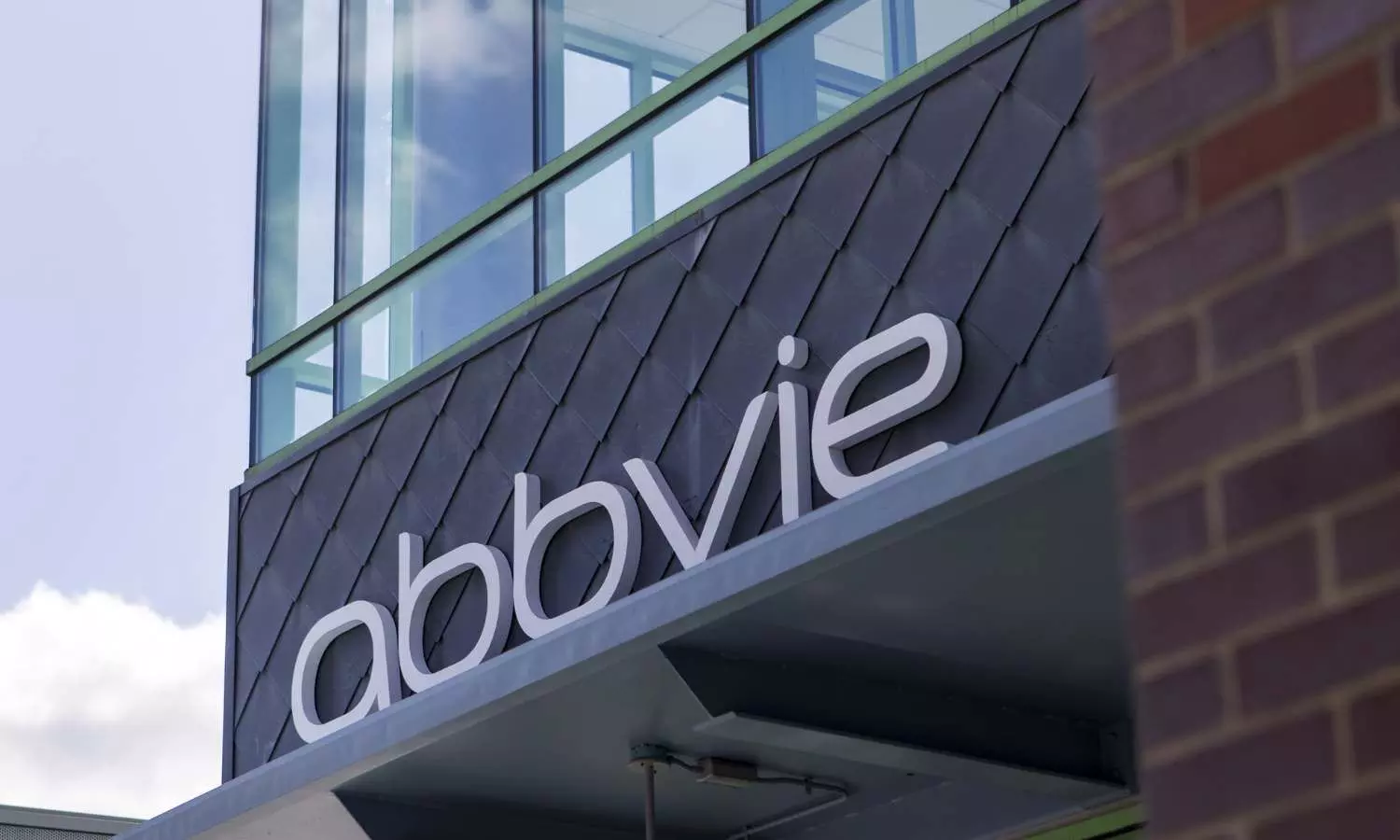At the Department of Homeland Security, a man was led off the elevator in handcuffs.
But the area housing the regional office of the Department of Health and Human Services was eerily quiet.
In March, HHS announced it would close five of its 10 regional offices as part of a broad restructuring to consolidate the department’s work and reduce the number of staff by 20,000, to 62,000. The HHS Region 2 office in New York City, which has served New Jersey, New York, Puerto Rico, and the U.S. Virgin Islands, was among those getting the ax.
Public health experts and advocates say that HHS regional offices, like the one in New York City, form the connective tissue between the federal government and many locally based services. Whether ensuring local social service programs like Head Start get their federal grants, investigating Medicare claims complaints, or facilitating hospital and health system provider enrollment in Medicare and Medicaid programs, regional offices provide a key federal access point for people and organizations. Consolidating regional offices could have serious consequences for the nation’s public health system, they warn.
“All public health is local,” said Georges Benjamin, executive director of the American Public Health Association. “When you have relative proximity to the folks you’re liaising to, they have a sense of the needs of those communities, and they have a sense of the political issues that are going on in these communities.”
The other offices slated to close are in Boston, Chicago, San Francisco, and Seattle. Together, the five serve 22 states and a handful of U.S. territories. Services for the shuttered regional offices will be divvied up among the remaining regional offices in Atlanta, Dallas, Denver, Kansas City, and Philadelphia.
The elimination of regional HHS offices has already had an outsize impact on Head Start, a long-standing federal program that provides free child care and supportive services to children from many of the nation’s poorest families. It is among the examples cited in the lawsuit against the federal government challenging the HHS restructuring brought by New York, 18 other states, and the District of Columbia, which notes that, as a result, “many programs are at imminent risk of being forced to pause or cease operations.”
The HHS site included a regional Head Start office that was closed and laid off staff last month. The Trump administration had sought to wipe out funding for Head Start, according to a draft budget document that outlines dramatic cuts at HHS, which Congress would need to approve. Recent news reports indicate the administration may be stepping back from this plan; however, other childhood and early-development programs could still be on the chopping block.
Bonnie Eggenburg, president of the New Jersey Head Start Association, said her organization has long relied on the HHS regional office to be “our boots on the ground for the federal government.” During challenging times, such as the covid-19 pandemic or Hurricanes Sandy and Maria, the regional office helped Head Start programs design services to meet the needs of children and families. “They work with us to make sure we have all the support we can get,” she said.
In recent weeks, payroll and other operational payments have been delayed, and employees have been asked to justify why they need the money as part of a new “Defend the Spend” initiative instituted by the Elon Musk-led Department of Government Efficiency, created by President Donald Trump through an executive order.
“Right now, most programs don’t have anyone to talk to and are unsure as to whether or not that notice of award is coming through as expected,” Eggenburg said.
HHS regional office employees who worked on Head Start helped providers fix technical issues, address budget questions, and discuss local issues, like the city’s growing population of migrant children, said Susan Stamler, executive director of United Neighborhood Houses. Based in New York City, the organization represents dozens of neighborhood settlement houses — community groups that provide services to local families such as language classes, housing assistance, and early-childhood support, including some Head Start programs.
“Today, the real problem is people weren’t given a human contact,” she said of the regional office closure. “They were given a website.”
To Stamler, closing the regional Head Start hub without a clear transition plan “demonstrates a lack of respect for the people who are running these programs and services,” while leaving families uncertain about their child care and other services.
“It’s astonishing to think that the federal government might be reexamining this investment that pays off so deeply with families and in their communities,” she said.
Without regional offices, HHS will be less informed about which health initiatives are needed locally, said Zach Hennessey, chief strategy officer of Public Health Solutions, a nonprofit provider of health services in New York City.
“Where it really matters is within HHS itself,” he said. “Those are the folks that are now blind — but their decisions will ultimately affect us.”
Dara Kass, an emergency physician who was the HHS Region 2 director under the Biden administration, described the job as being an ambassador.
“The office is really about ensuring that the community members and constituents had access to everything that was available to them from HHS,” Kass said.
At HHS Region 2, division offices for the Administration for Community Living, the FDA’s Office of Inspections and Investigations, and the Substance Abuse and Mental Health Services Administration have already closed or are slated to close, along with several other division offices.
HHS did not provide an on-the-record response to a request for comment but has maintained that shuttering regional offices will not hurt services.
Under the reorganization, many HHS agencies are either being eliminated or folded into other agencies, including the recently created Administration for a Healthy America, under HHS Secretary Robert F. Kennedy Jr.
“We aren’t just reducing bureaucratic sprawl. We are realigning the organization with its core mission and our new priorities in reversing the chronic disease epidemic,” Kennedy said in a press release announcing the reorganization.
Regional office staffers were laid off at the beginning of April. Now there appears to be a skeleton crew shutting down the offices. On a recent day, an Administration for Children and Families worker who answered a visitor’s buzz at the entrance estimated that only about 15 people remained. When asked what’s next, the employee shrugged.
The Trump administration’s downsizing effort will also eliminate six of 10 regional outposts of the HHS Office of the General Counsel, a squad of lawyers supporting the Centers for Medicare & Medicaid Services and other agencies in beneficiary coverage disputes and issues related to provider enrollment and participation in federal programs.
Unlike private health insurance companies, Medicare is a federal health program governed by statutes and regulations, said Andrew Tsui, a partner at Arnall Golden Gregory who has co-written about the regional office closings.
“When you have the largest federal health insurance program on the planet, to the extent there could be ambiguity or appeals or grievances,” Tsui said, “resolving them necessarily requires the expertise of federal lawyers, trained in federal law.”
Overall, the loss of the regional HHS offices is just one more blow to public health efforts at the state and local levels.
State health officials are confronting the “total disorganization of the federal transition” and cuts to key federal partners like the Centers for Disease Control and Prevention, CMS, and the FDA, said James McDonald, the New York state health commissioner.
“What I’m seeing is, right now, it’s not clear who our people ought to contact, what information we’re supposed to get,” he said. “We’re just not seeing the same partnership that we so relied on in the past.”
Healthbeat is a nonprofit newsroom covering public health published by Civic News Company and KFF Health News. Sign up for its newsletters here.
KFF Health News is a national newsroom that produces in-depth journalism about health issues and is one of the core operating programs at KFF—an independent source of health policy research, polling, and journalism. Learn more about KFF.
USE OUR CONTENT
This story can be republished for free (details).








